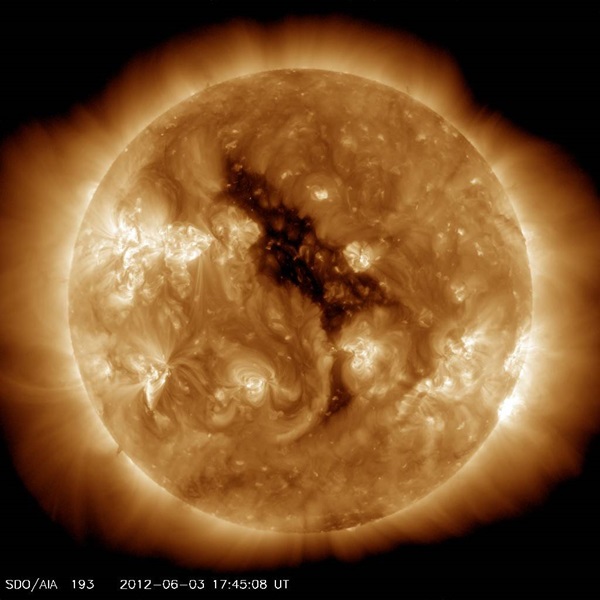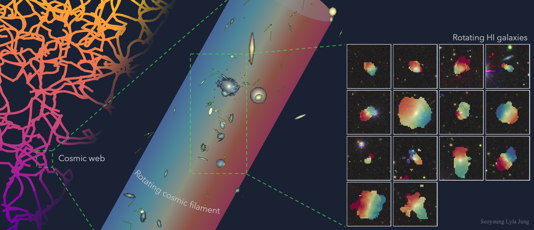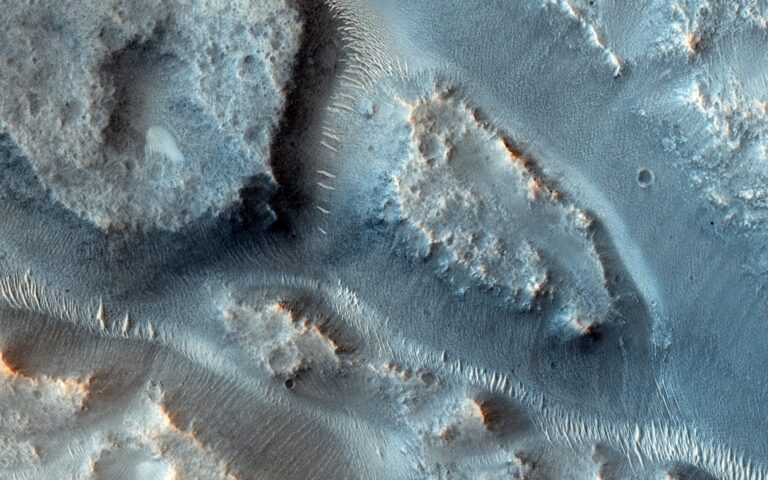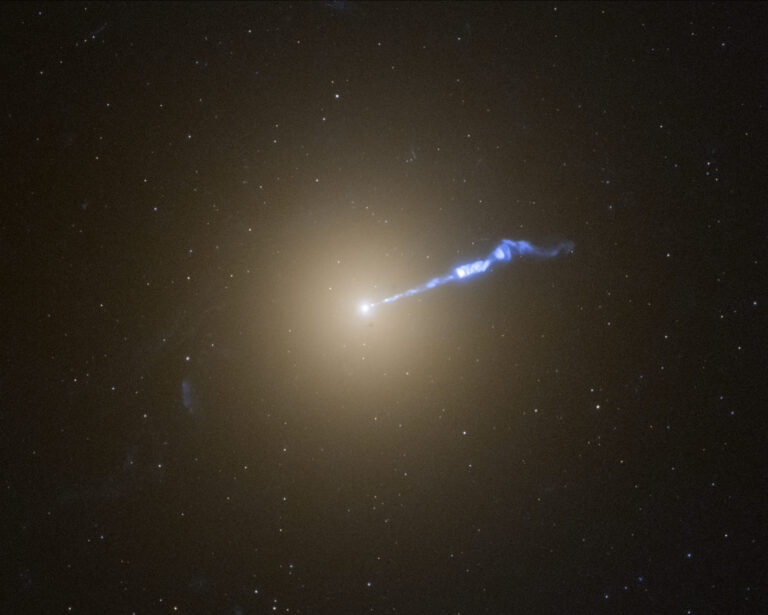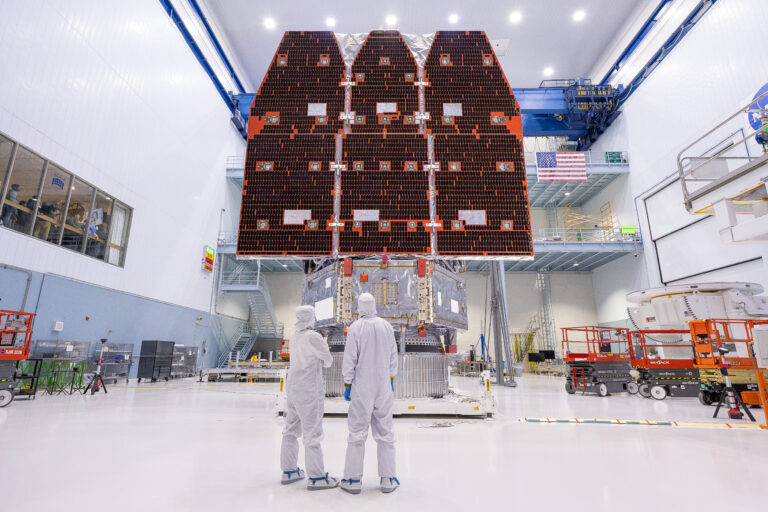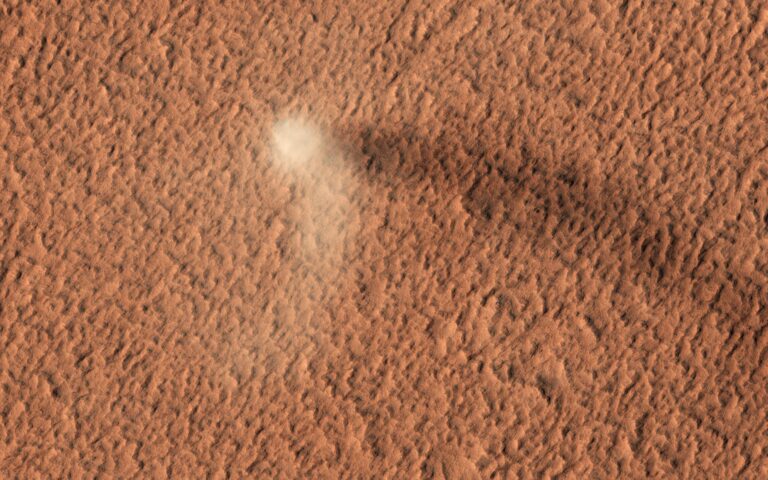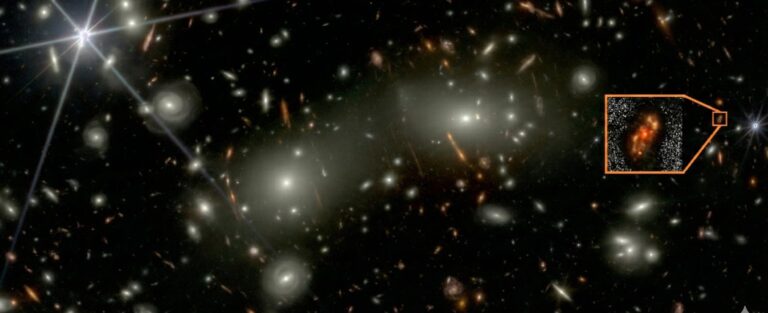Key Takeaways:
Light can exert pressure, a fact the $100 million Breakthrough Starshot project aims to harness for interstellar journeys. Now researchers suggest that sunlight applies pressure on the Sun itself, which could help solve the longstanding mystery of why the sun’s outermost parts spins unexpectedly slowly.
Light does not exert much pressure, but scientists have long suggested that what little it does apply could have a major effect. For example, in a letter to Galileo Galilei in 1610, Johannes Kepler wrote, “Given ships or sails adapted to the breezes of heaven, there will be those who will not shrink from even that vast expanse.”
Indeed, numerous experiments have shown that “solar sails” can rely on sunlight for propulsion, given a large enough mirror and a lightweight enough spacecraft. Going one step further, the Breakthrough Starshot initiative announced by billionaire Yuri Milner in 2016 aims to use giant lasers to launch swarms of tiny spacecraft on interstellar voyages at speeds of roughly 20 percent that of light to reach the nearest star system to the sun, Alpha Centauri, in approximately 20 years, give or take.
Now scientists have found that sunlight not only can propel spacecraft outward, but it can also push down on the sun. This may help solve a decades-old mystery regarding the sluggish nature of the skin of the sun.
Scientists can deduce the inner workings of the sun by looking at tiny rhythmic fluctuations in its brightness that are due largely to sound waves ricocheting inside the star. By measuring the speed of these sound waves, researchers can generate 3-D maps of the solar interior, a technique known as helioseismology that works on the same principle as medical ultrasound, the method that allows doctors to capture pictures of a fetus inside a pregnant woman.
Roughly 30 years ago, scientists used helioseismology to measure the rates at which the sun rotates. “That’s when we realized that its rotation was more complicated than anyone imagined,” said study co-author Jeff Kuhn, a physicist at the University of Hawaii in Maui.
For example, while the inner 70 percent of the sun rotates as one like a solid body, its outer regions are turbulent, convecting like boiling water. “That’s a mystery we’re only now understanding through large-scale numerical simulations,” Kuhn said.
In addition, in the sun’s outer parts, the equator spins faster than the poles. “That also seems to be caused by turbulent interactions,” Kuhn said.
Another mystery about the sun came to light about 20 years ago, when helioseismology revealed that the outer 5 percent of the sun “was slowing down everywhere, at both the equators and the poles,” Kuhn said. “None of the big simulations got that result — it didn’t seem to be the result of convection.”
For a decade, Kuhn and his colleagues have focused on the outermost skin of the sun. Analyzing data from the Helioseisimic and Magnetic Imager on NASA’s Solar Dynamics Observatory, they found that in the outer 100 kilometers of the roughly 1.4-million-kilometer wide sun, they unexpectedly saw a slowdown in speed of 2 or 3 percent compared with the rest of the sun.
Turbulence could not explain this surprising drop in speed, “because the outer couple of hundred kilometers of the sun are not turbulent at all,” Kuhn said. Instead, the researchers wondered if an answer might come from how this outermost region “is the layer of the sun that is radiating all of the light that we see from the sun,” Kuhn said.
The research team’s calculations now reveal that sunlight is putting the brakes on the rotation of the surface of the sun. Although this effect is small, over the roughly 4.6-billion-year lifespan of the sun, “that slowdown can have a big influence and propagate inward,” Kuhn said. “The slowdown we see turns out to be exactly what one would expect from the total energy the sun radiates.”
The propulsive effects of light can be seen not only with solar sails, but also with so-called “zodiacal dust” that orbits the sun, Kuhn said. When these dust particles absorb sunlight, they emit light back out, which applies a push that slows these particles down and causes them to spiral inward toward the sun, Kuhn said.
“In an analogous way, the outer layer of the sun is radiating energy and slowing down,” Kuhn said. “It’s kind of fun to find a physical effect that was overlooked for a long time.”
Future research can explore the effects this slowdown have on the sun’s magnetic field, Kuhn said. The sun’s magnetic field drives “solar weather” that can impact the rest of the solar system, damaging spacecraft and knocking out power grids on Earth.
The researchers detailed their findings online Feb. 3 in the journal Physical Review Letters.

